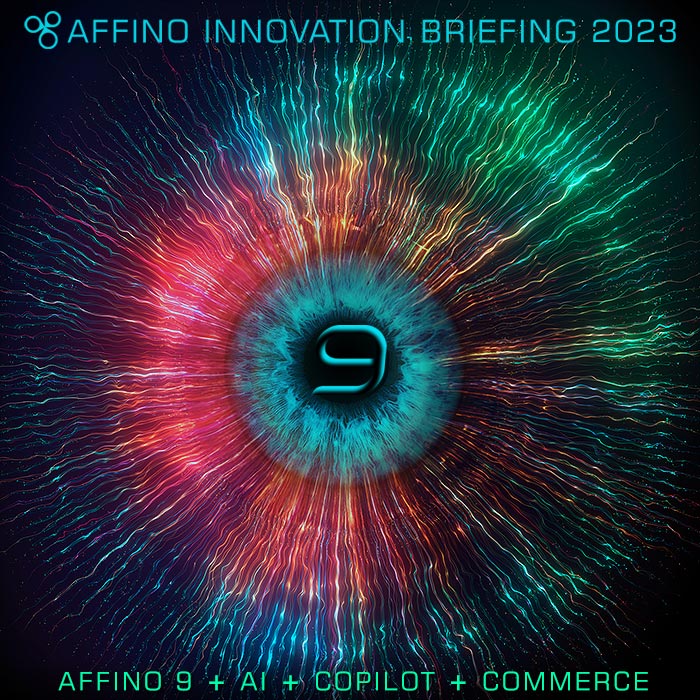10 key considerations for Growing Your Business Organically online

There’s a huge amount of processes and procedures that go into building a business online it would be very difficult to cover absolutely everything in a single article. Instead I have tried to distil some of the key considerations which get you into the right mindset and help you maintain good habits for growing your site in an organic fashion. There’s another promotional layer which overlaps with this, and is often called ’Growth Hacking’, which we will be covering in a later article ...
Target Audience
The first rule of growing your business is ’Know your customers’ - to be able to successfully target prospective customers, you need to know exactly who you are going for and what their motivations are. You need to be able to put yourself into your customers’ mindset and see the world from their perspective - to properly identify their needs and how to meet them. You need the strength of mind to be able to filter out your own personal bias and preferences - as your personality can easily get in the way of objectivity! The customer acquistion cycle is a staged / iterative process - one which we often call ’The Customer Ladder’; to successfully acquire and retain customers you need to understand their motivations and behaviour at each step in the cycle, so that you know how to engage them. I recall a professional and serious news / reportage site which was styled in screaming pink - a preference of the site owner, but something which somewhat undermined the gravitas of the news, and alienated certain prospective readers...
Relevant Content + Products + Services
This is essentially the second rule of business - ’Serve your cusomers’. There’s actually several subdivisions to this, and different categories of content which need to appeal to prospects as well as existing customers. At the simplest level we are talking about 3 categories of content / products here - what you are actually selling is the core, but then you have supporting materials and facilities - some of which will need to appeal to prospective customers and some to existing customers - each will have a different degree of scope and depth. You need to be able to consitently and regularly provide supporting materials to ongoingly engage your audience. For prospects, and in advertising, we talk about ’Opportunities to View’ - which essentially means you need to engage with a customer 6-7 times in order to get any degree of traction. The softly-softly narrative approach is best also, giving customers a narrative, causal framework to understand the opportunities and benefits you are offering - case studies and success stories are a great way of doing this.
Structure / Hierarchy
This is simply how you marry up your content to your customers’s needs - Pertinence. We are talking about the ideal layout / user experience for customers to ongoingly engage with you and get to know, understand and value what you offer. It needs to be said that this is very much an ongoing process, and the structure of your website will evolve and mature. You can think of this as compartmentalising your content into different areas - each which will hold different appeal for your existing and prospective customers. A website can be used to engage with all manner of audiences, including of course internal staff, external media and press, and suppliers too - each needs to have a designated area which handles their needs. Another aspect of Structure is how your Topics / Meta is reinforced through the site from top to bottom, as smart organic structural management has significant impact on organic SEO too.
Navigation
Navigation is how you shape the customer journey through the site - how you make certain touchpoints more prominent and more essential, and others less so. With the event of responsive design - this means mostly a system of top-level drop-down and panel menus - ones that are often ’sticky’ and remain at the top fo the screen when you scroll down the page. A good menu system is clear and unambiguous, and needs to offer more than one route to the same destination. All customers think slightly differently and each is likely to access your online experience through a different entry / gateway \ landing page. This is why navigation really needs to be universal across the site, but also why you need some degree of repetition - for instance using synonymous categories which have traction with certain parts of your target audience. There’s a real balancing act between making the navigation clear and simple, and making it fully functional. Our experience has taught us that having insufficient navigation leads to a disastrous site experience. We always encourage people to think along the lines of ’No Dead-Ends (Cul-de-sacs)’ - in that the navigation should always flow onwards to the next step, next activity, next article, call-to-action etc...
Multiple Communication Channels
Communication is the essence of being in business - in most cases, the more means you make available for your customers to communicate with you - the better it is for business. We’re talking about basics like having instant help available on a checkout screen - either via a published phone helpline, or some type of instant messenger app. Forums are great for ongoing support and longer-term dialogues, and their output can benefit the whole community too. Client conversations are the stepping stones to discovery and actualisation, and are a key part of customers working their way up the Customer Ladder towards full advocacy status. If you treat your customers right, some of them will end up being ambassadors and spokespersons - acting on behalf of your company - so it is definitely in your best interests to give those customers a platform where they can communicate benefits and make recommendations on your behalf.
Incentives
A big part of organic growth is ongoingly motivating your customers to take the next step on the Customer Ladder:
Discovery > Trial > Experience > Trust > Advocacy
How do you get someone from landing on your site to actually buy something and then go on to become a repeat-customer? This is where sales and marketing automation comes in, and where integrated systems like Affino come into their own - automatically triggering different activities - notifications, responses and rewards - each dependent on a specific consumer action and tailored to trigger the right kind of reaction.
Landing Pages
These are more personalised entry / gateway pages which target a very specific subset of your larger target audience. The idea here is to gather together all the key references / materials for said audience on a single page. You can place more precise calls to action, and can reinforce the customer journey by fine-tuning some of the navigation on the page. Landing pages offer a more condensed and more contextual experience which should yield a higher conversion rate - that is to say a greater probability of the customer advancing to the next step of the Customer Ladder cycle.
Testing
There are a number of tests you should regularly carry out on your site to ensure that it is working optimally. Access the site as an Incognito User and play devil’s advocate with the various customer journeys - register, login, fire off invites and engage in diverse communications and user activities. Try to break the flow of your intended customer journeys and try to engage in spontaneous activities from nonsensical and obtuse angles. When in doubt about the appropriate way forward, you can experiment with A/B Testing - to ascertain which approach achieves the best results. Every 6 months or so, you should run a series of tests against a detailed action plan - so as to be sure that your site really is working as intended.
Weeding & Repositioning
To further keep your website on-point, you need to regularly review your user traffic patterns - where exactly users are landing on your site, and which direction they head off in - are they responding to the right triggers? Periodically you will discover that certain pages are wholly ineffective or may even be having a detrimental effect on the customer ladder cycle. On an ongoing basis, you need to weed out ineffectual content and nodes of your website - or at the very least re-purpose them. You may very well find that traffic is accumulating in an unexpected part of the site - in this scenario you need to attempt to harness the potential of that page by re-purposing it to snap prospective customers and the like - back into their respective customer journeys. Community content can be difficult to manage, and if not managed properly - can soon become disconnected from the main purpose or topicality of the site. Sometimes content will need to be removed, and sometimes it can be re-purposed successfully. Organic sites really do need to be ’pruned’ and weeded regularly in order to maintain single-mindedness of purpose, clarity and simplicity - think of it as town planning for an expanding population...
Evolution over Revolution
One of the significant benefits of Organic Growth is that relatively little gets thrown away. Of course there will be some element of weeding and structural management, but organic websites can evolve seamlessly for decades - using most of the same content. I recall the early days of website development where an old site was typically trashed and an entirely new instance built to replace it - with some of the content re-imported, but mostly allowed to go to waste. The new organic paradigm does not require trashing - you accumulate, evolve and curate the content - archiving and repositioning, and devising ever more engaging paths through and experiences with that content. Occasionally you may encounter a paradigm shift - like the change to Responsive Design, but for some system even this has been factored into the evolution. Big bang changes are rarely the right solution, and quite frequently they can cause major conflict and alienation for you core target audience...

Did you find this content useful?
Thank you for your input
Thank you for your feedback
Upcoming and Former Events
PPA Independent Publisher Conference and Awards 2023
Affino Innovation Briefing 2023
Press Gazette Future of Media Technology Conference 2023
PPA Awards 2023
Meetings:
Skype and Zoom
Registered Office:
55 Bathurst Mews
London, UK
W2 2SB
© Affino 2024

















